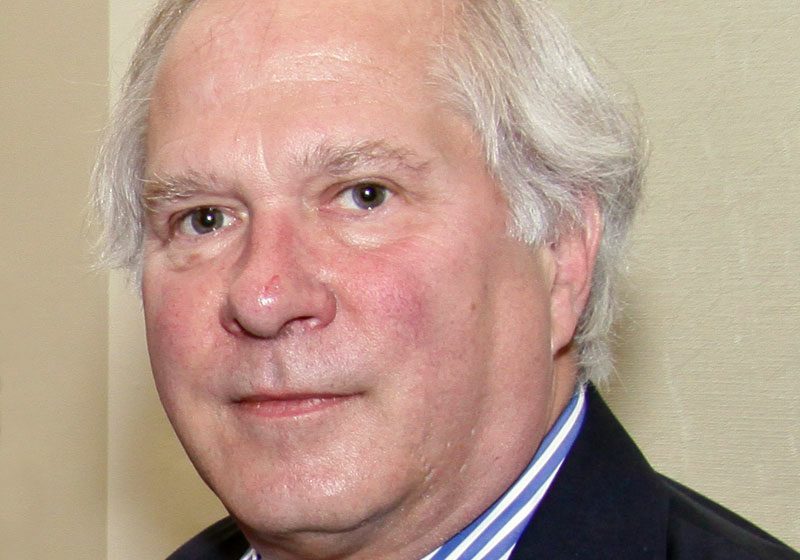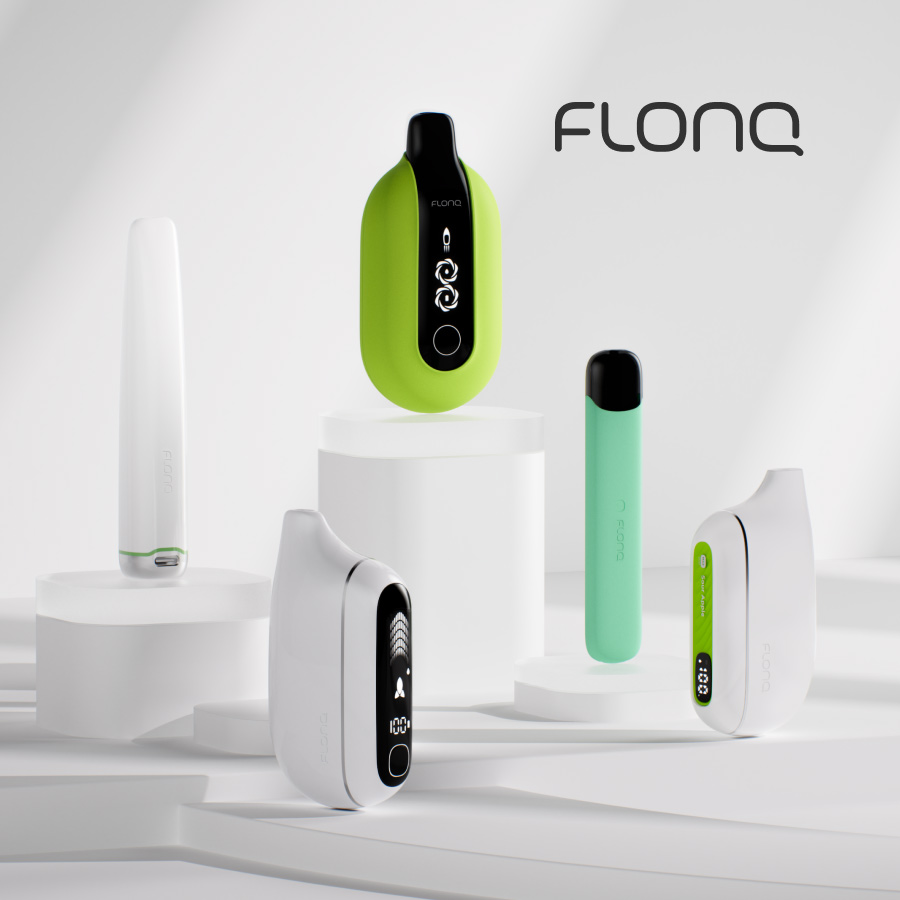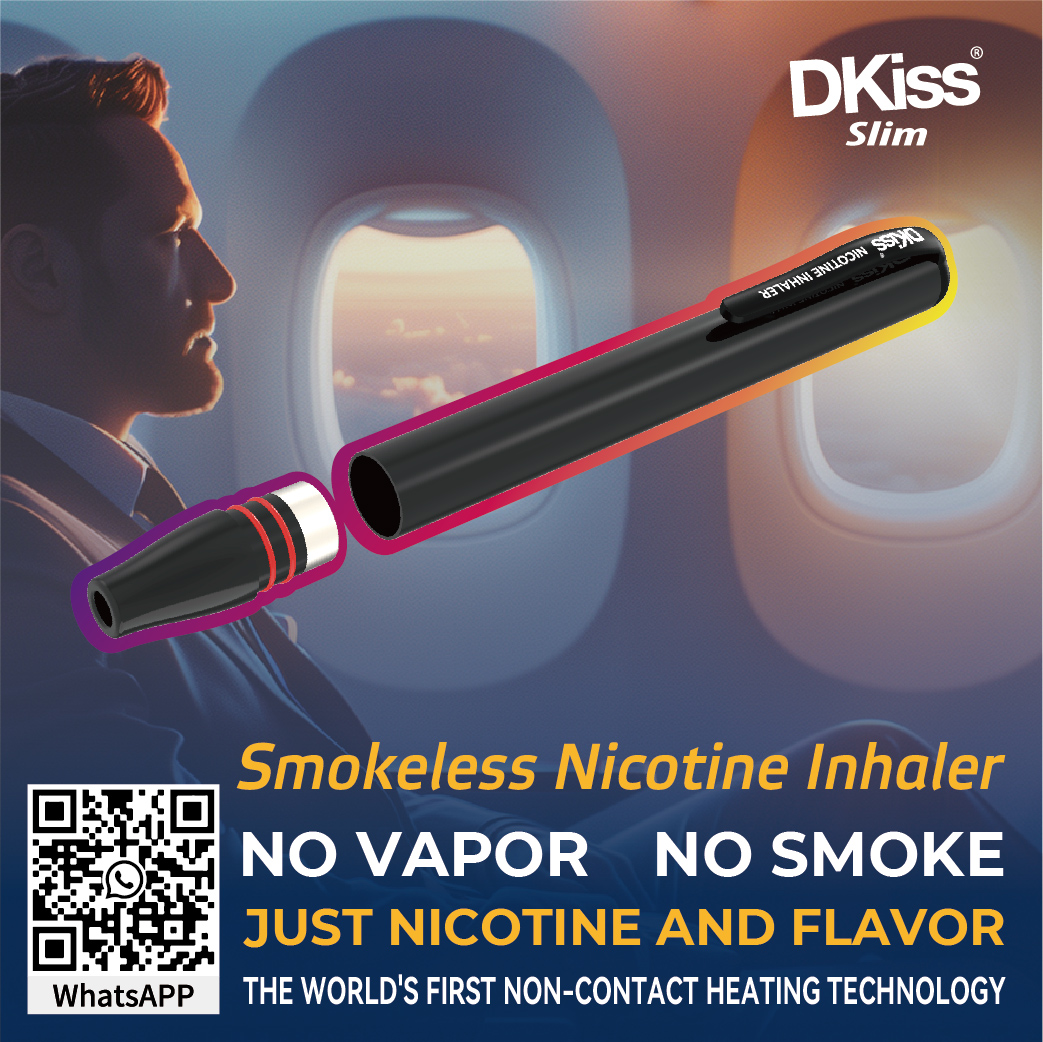Common ground

“We won’t get fooled again,” says the public health community, as it equates vaping with smoking. Scott Ballin is trying to get them to sing a different tune.
By Maria Verven
Scott Ballin has spent more than 40 years enmeshed in issues surrounding tobacco and public health and is now one of the central figures in the vapor wars.
A tobacco and health policy consultant in Washington, D.C., USA, Ballin was vice president and legislative counsel with the American Heart Association and chaired the Coalition on Smoking or Health for more than 10 years. He’s played a part in U.S. Food and Drug Administration (FDA) regulations, excise tax increases, clean indoor air laws, tobacco agriculture and labeling reforms, among other important developments.
But even Ballin is growing battle weary with the current vapor wars.
“Many of my public health friends and colleagues at the American Cancer Society, Campaign for Tobacco-Free Kids and the American Heart Association, where I worked for many years, are unwilling to even engage in a dialogue. They’re stuck in the 1990s,” he says, referring to their battles with Big Tobacco.
“I was in the middle of that and fought with the tobacco industry for years,” Ballin says. “They couldn’t be trusted. Do you remember when the CEOs stood before Congress, swearing that nicotine was not addictive? It’s easier for some in public health to just say ‘we won’t get fooled again.’
“The resistance coming out of the public health community today is no different than during the tobacco wars; in fact, it is in some ways even worse. The perplexing thing is, they’re digging their heels in even more. They don’t want change. They don’t want new products. They’re basically throwing the baby out with the bath water, which ultimately could be a detriment to public health.”
Fingers in their ears
Ballin has seen that, by bringing parties together to discuss the issues, the dynamic can and will change. He first saw it in 1985 when former President Jimmy Carter brought stakeholders together at the newly established Carter Center to talk about tobacco. He witnessed it in the 1990s when the University of Virginia fostered face-to-face dialogues between tobacco growers and the public health community.
“It was quite extraordinary,” Ballin says. “Tobacco growers learned the public health community wasn’t the bad guys, that we weren’t trying to put them out of business,” he says. “And the public health folks learned that, even if they could put tobacco growers out of business, it wouldn’t reduce the number of cigarettes coming into the U.S. The products would just be less regulated.”
“By engaging with the growers, we basically took some of the wind out of Big Tobacco’s sails. When both sides agreed on about 95 percent of the issues, Big Tobacco could no longer use tobacco growers to do their lobbying,” he says. A senior vice president from Philip Morris later told Ballin it was one of the most strategic things the public health community had ever done.
Ballin says a key issue is that the public health community doesn’t want to be perceived as supporting the use of any tobacco or nicotine product. “They’re always raising the issue of unintended consequences: What’s in these products? Are they being marketed to kids? They don’t see it as any different than what the tobacco industry did to promote low-tar, low-nicotine cigarettes: fight FDA regulation and pull the wool over the health community’s eyes.
“These issues can and should be resolved, but public health won’t talk with anybody in the industry about their concerns or how we can work together. They think it’s a purely black and white war. But there are many gray areas, and those gray areas offer opportunities for stakeholders to work cooperatively to achieve a very important objective—to reduce disease and death from combustible cigarettes.”
Relative risk and the FDA’s role
Ballin strongly advocates regulating products based on their relative risk compared to smoking.
“Vaping provides a solution to smoking. Traditional patches and gums weren’t doing the trick. There needed to be more attention given to harm-reduction strategy,” he says.
“You just can’t have a spectrum of products out there with people saying, ‘It’s lower in risk than cigarettes.’ We need a more effective regulatory structure that takes relative risk into consideration,” he says. “Regulate tobacco cigarettes as rigidly as possible at the high end, and then go down that continuum of risk into noncombustible products, then the e-cigarette category, and then the [nicotine-replacement therapy] NRT products.”
While its final regulations have yet to be published, the FDA shared its deeming regulations well over a year ago. Ballin credits Mitch Zeller and the FDA for going to great lengths to engage stakeholders in its regulatory process, including those in the e-cigarette and tobacco industries. “That never occurred in the 1990s,” Ballin says.
Now there’s little more to do but wait until the final regulations come out later this year or early 2016.
“The FDA is going to have to deal with some major issues related to how they’re defining e-cigarettes,” he says. “They’re working from a statute—and I can’t emphasize this enough—that was outdated the day it was signed into law. It didn’t reflect what was happening in the marketplace, and that’s why we’re having this discussion about the dates of implementation and why they originally proposed that e-cigarettes developed after 2007 be thrown out the window.”
Ballin also advocates setting marketing, advertising and labeling standards that reflect the relative risk, so consumers can understand what these products are, and what they can expect from using them—whether it’s deadly cigarettes at one end or NRT products at the other end.
“Your article [“Too Big for the Bathtub,” Vapor Voice Issue 3, 2015] is a perfect reflection of the fact that we need good product and manufacturing standards for this industry. The public health community should have said, ‘We agree and collectively we need to work together to determine what those product standards should look like.’ But for the most part they do not want to engage at this point, although there is some movement on the part of a few.”
Tax based on relative risk
Ballin also has strong opinions with regard to taxing e-cigarettes. “It’s easy to simply tax the vaping products at the same level, which is why there’s a lot of talk to make vaping equal to cigarettes and apply all the same requirements, restrictions and taxes.”
However, Ballin believes we need a comprehensive nicotine policy that regulates products based on relative risk. “Tax the hell out of combustible, deadly cigarettes. But if it’s scientifically established that these products are lower in risk, I don’t think they should be taxed at the same level as cigarettes. In fact, I think there should be incentives.”
He acknowledges that, if the rate of smoking drops, both state and federal tax revenue will decline. “It’s just not public health that’s at stake here. It’s also revenue streams going into state activities. If you’ve been funding programs with an excise tax, and that goes away if everybody stops smoking, where is that money going to be made up?”
Ballin notes that public health organizations still receive money through the Truth Initiative (the renamed American Legacy Foundation established with money from the 1998 Master Settlement Agreement). State money also gets dispersed to help fund tobacco control programs. But he says, so far, no one has tried to sort through where the money is coming from, where it’s being dispersed and then evaluate the financial consequences of declined cigarette use.
“That’s an important issue, because that money enables them to continue their programs and activities. But I don’t think the public health community is necessarily motivated to address that issue yet,” Ballin says.
The world is changing
Ballin has started getting various stakeholders together at the University of Virginia to talk about how to define, regulate and monitor e-cigarette products in ways that are fair and effective for all stakeholders.
“We’re trying to bring people who normally don’t talk to each other to take off their hats and check their egos at the door,” he says. “We’re asking them to come as individuals, not representatives of an organization or company, to talk about harm reduction, our common goals and how we can remove some of the barriers and obstacles to reaching our goals.
“The world has changed. Mitch Zeller is talking about a comprehensive nicotine policy, not a tobacco policy, at the FDA. But every time I pick up an article, it’s clear that we’re not there yet. Public health is still fighting, and it’s still a very volatile environment. Many still oppose having e-cigarettes on the market, in spite of the growing evidence that these products could have a very positive role in the public health agenda.
“Many years ago, a public health colleague of mine said, ‘If you keep running into a brick wall, just go around it.’ That’s exactly what we’re trying to do with these dialogues. We’re trying to find another route to achieve our public health goals and make that route accessible to all stakeholders.”
The original “Vaping Vamp,” Maria Verven is partner and chief marketing mentor of VapeMentors.com.

